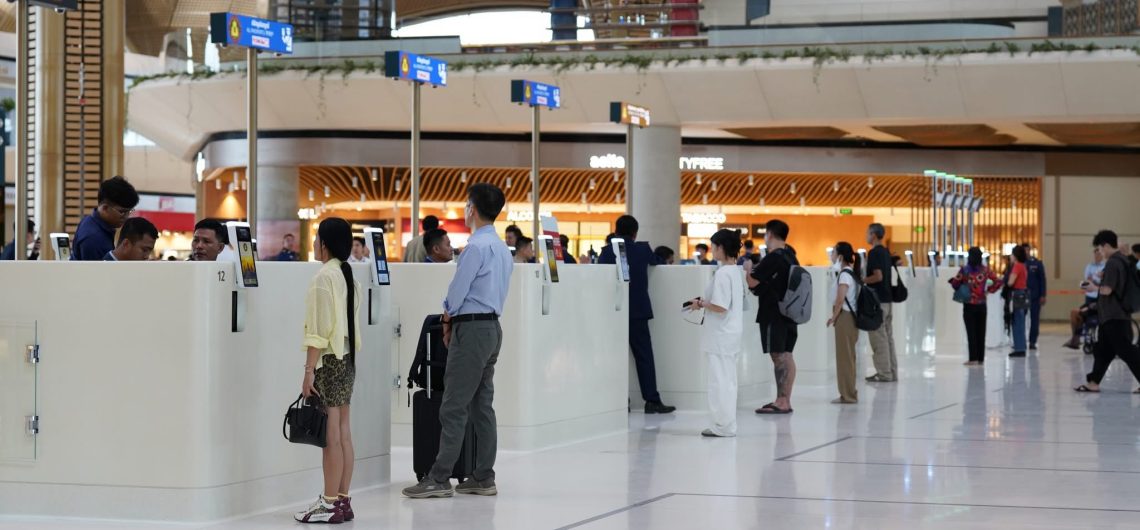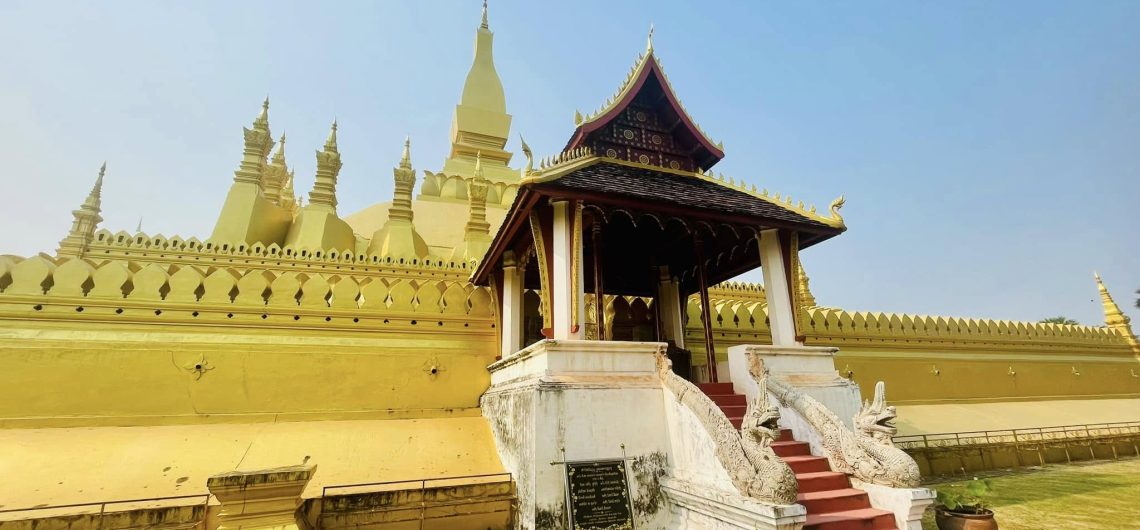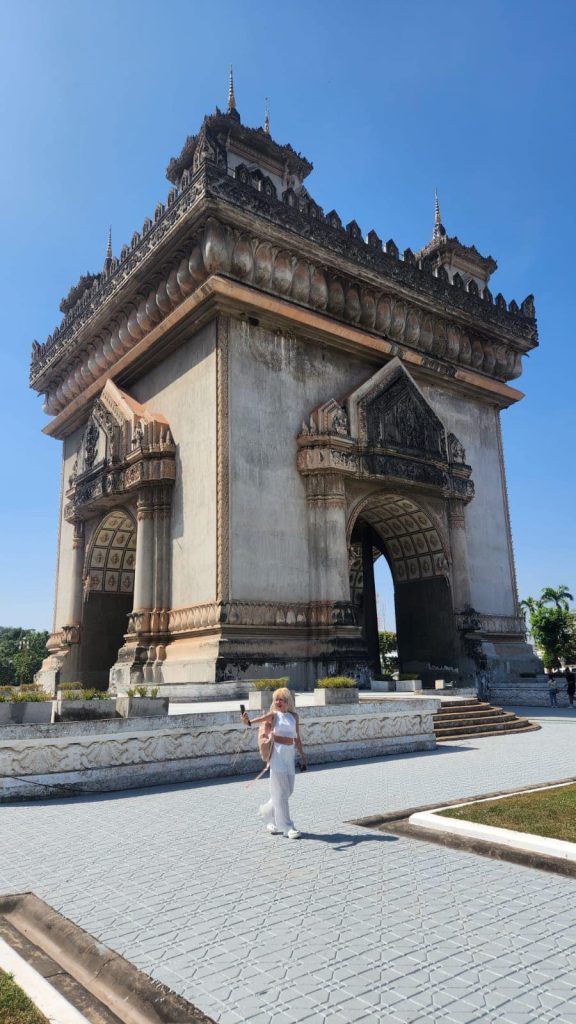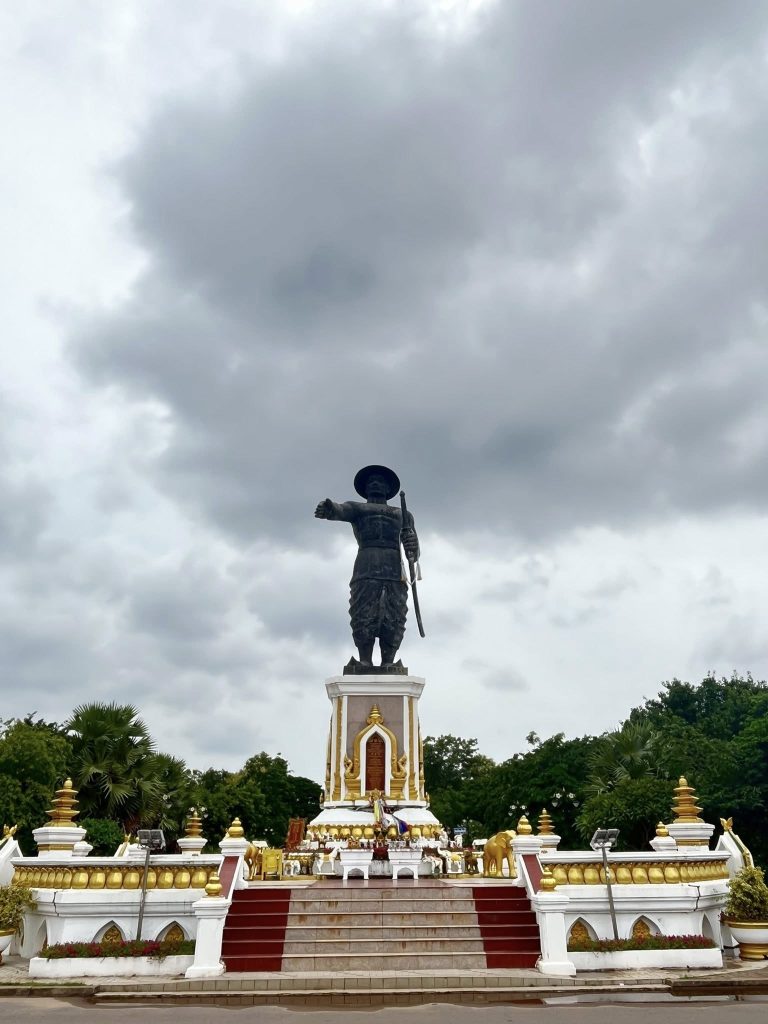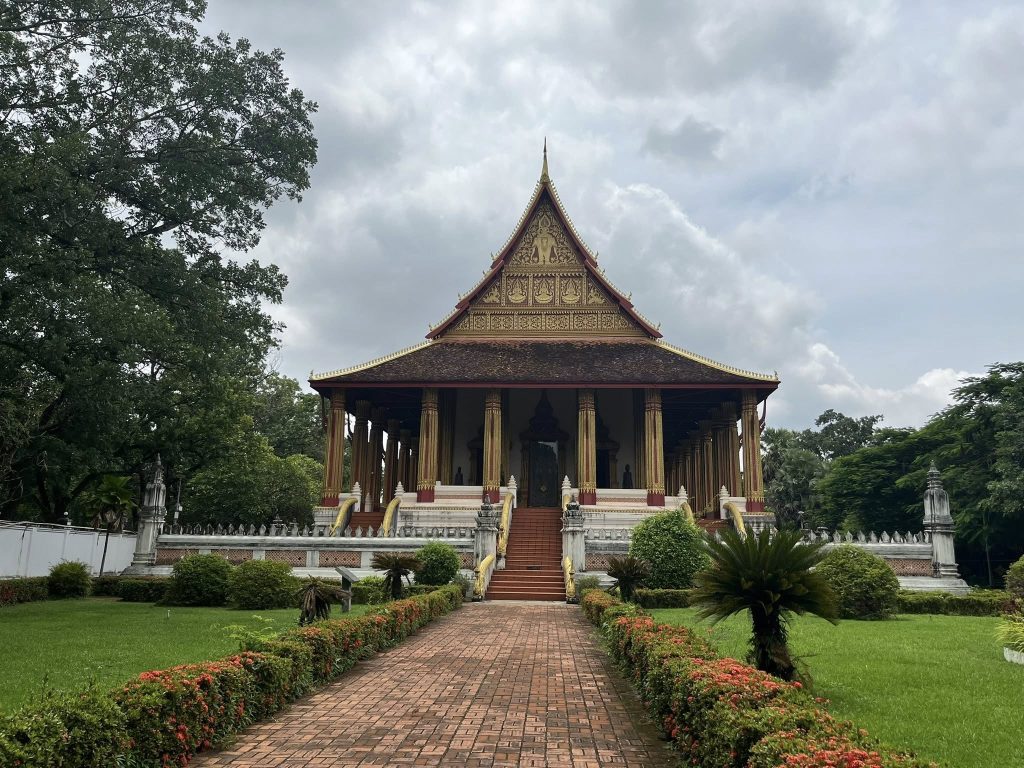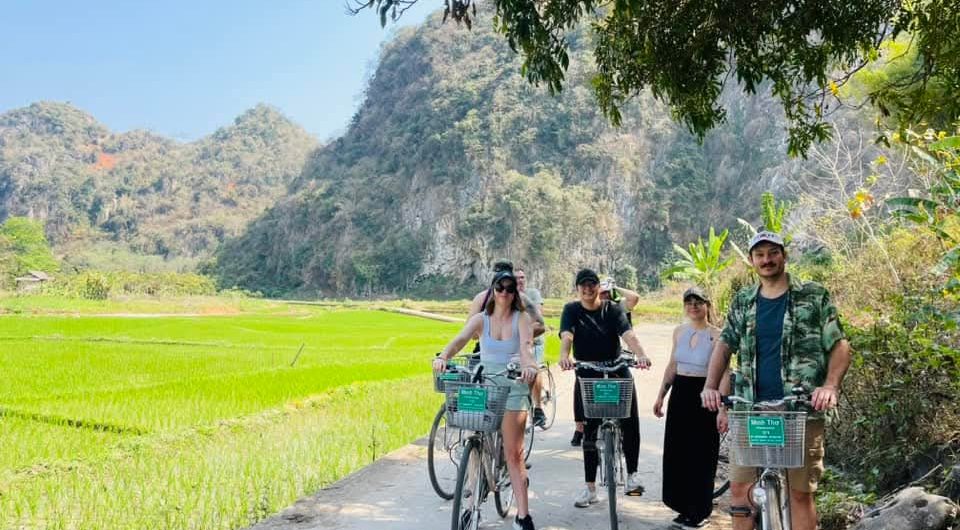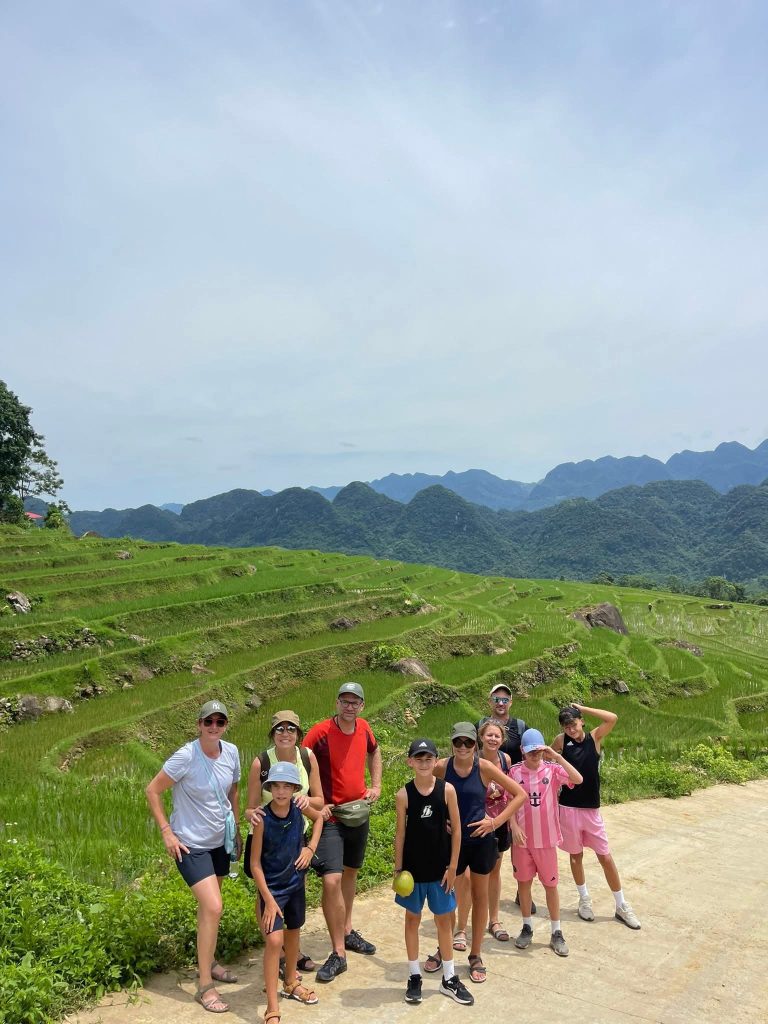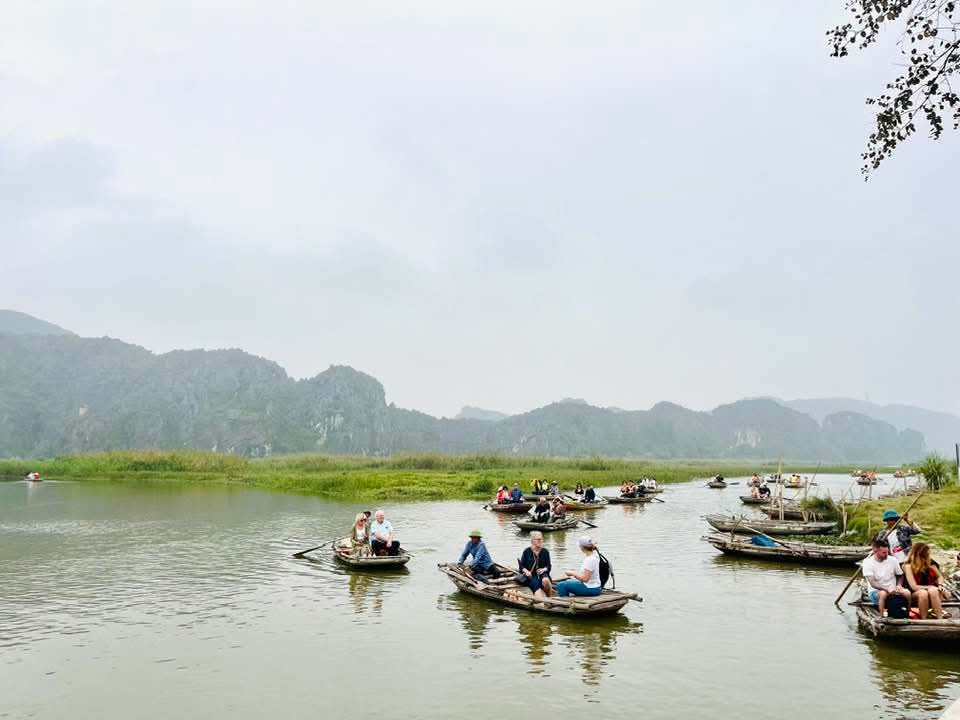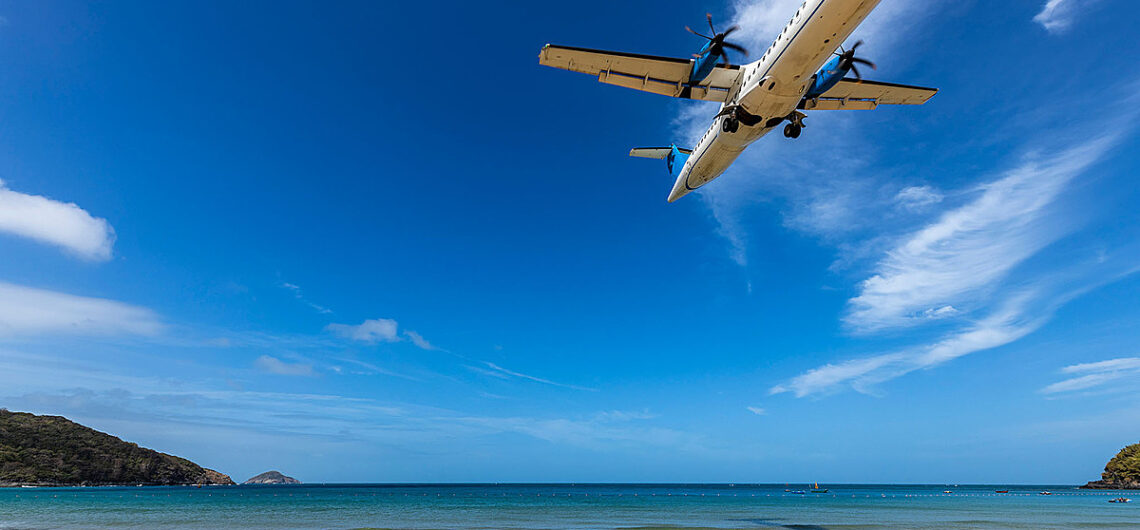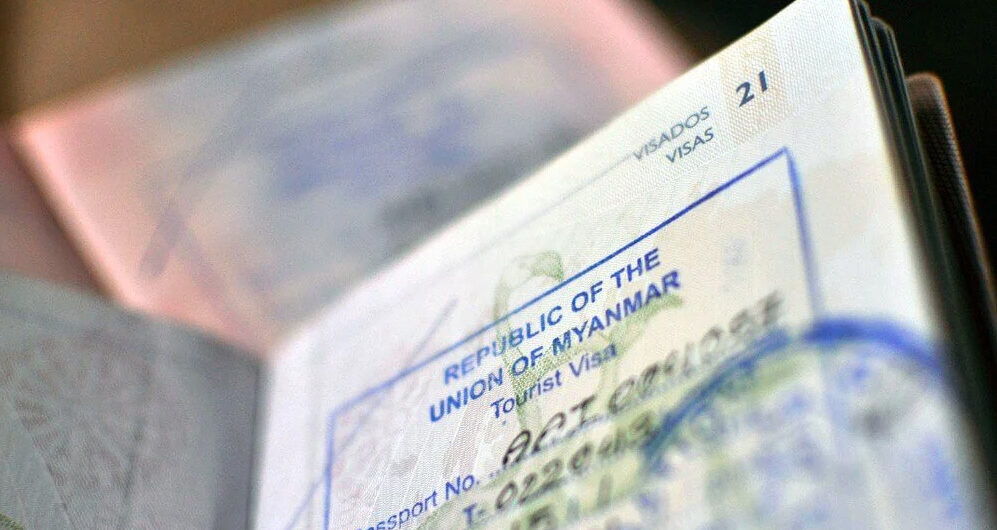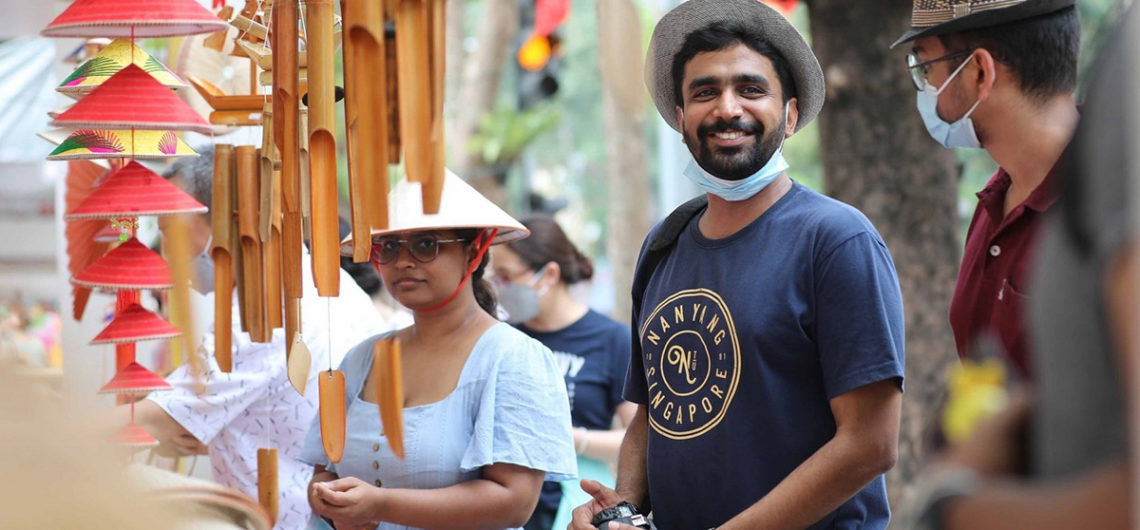Your ultimate Cambodia visa guide: discover how to apply for Cambodia e-visa, get a Cambodia visa on arrival, meet tourist visa requirements, and extend your stay.
Planning a trip to the Kingdom of Wonder? Sorting out your Cambodia visa early will keep your arrival smooth—whether you’re flying to Phnom Penh or Siem Reap, crossing by land from Thailand, Vietnam or Laos, or combining Cambodia with a wider Indochina itinerary. This up-to-date guide explains Cambodia e-visa, Cambodia visa on arrival, who’s visa-exempt, the latest Cambodia visa requirements, extensions, fees, entry points, and practical tips to avoid scams—so you can focus on Angkor’s sunrise, Phnom Penh’s riverside, or Kep’s crab markets instead of paperwork.
Important: Visa and entry rules can change. Always cross-check with Cambodia’s official e-Visa portal and your nearest Cambodian embassy before you travel.
Do You Need a Visa to Enter Cambodia?
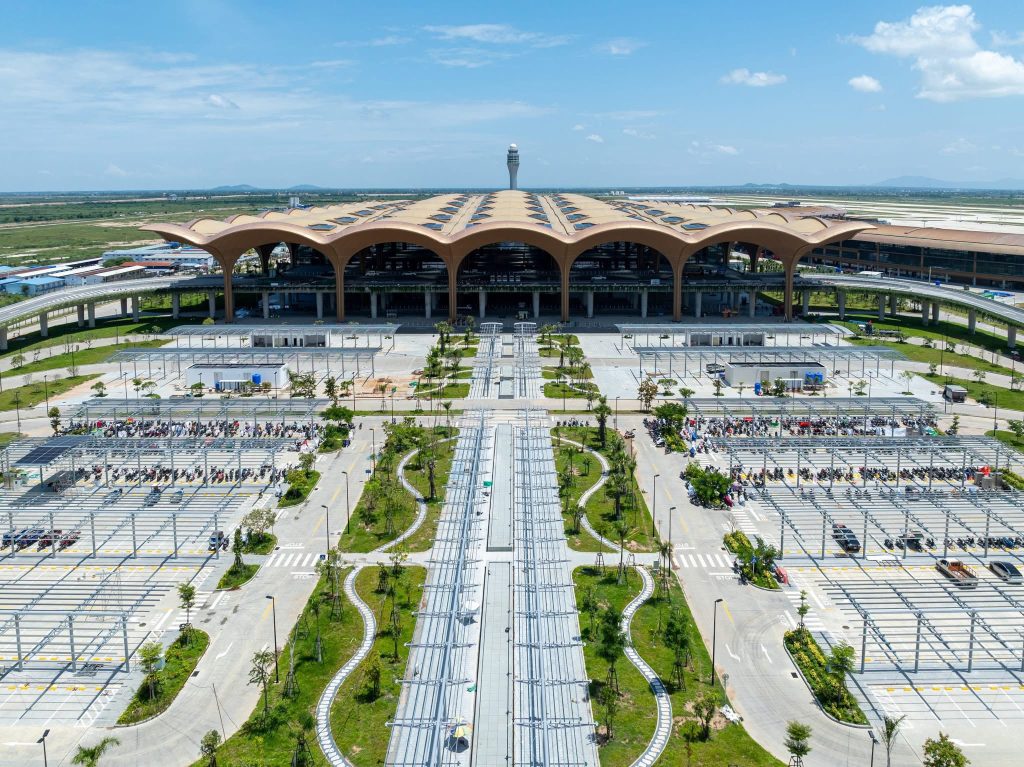
Most travelers need a visa. However, Cambodia has visa-exemption agreements with a number of countries (especially within ASEAN) that allow short, visa-free stays (the permitted length varies by country and passport type). The Ministry of Foreign Affairs & International Cooperation publishes the active visa-exemption list and updates. If you hold a passport from an exempt country, you can enter for the stated number of days without a visa; everyone else should obtain either an e-Visa in advance or a visa on arrival.
Core entry rules (all travelers)
- Passport valid at least 6 months beyond your arrival date, with at least one blank page.
- Keep proof of onward/return travel and accommodation details handy.
These basics are widely referenced by embassies for Cambodia. Cambodia Visa Types (Tourist, Business & More)
Cambodia issues several visa categories. For most visitors, these are the key options:
- T-class (Tourist) — “Cambodia tourist visa”: Single-entry, typically valid for a 30-day stay. Obtainable via Cambodia e-visa or Cambodia visa on arrival. Extensions are possible (see “Extensions”).
- E-class (Ordinary/Business): Intended for longer stays and work-related purposes; can be extended into sub-classes (EB for business, EG for job-seeking, ER for retirement, ES for students). Work may also require a separate work permit.
- Special categories: Diplomatic/official visas, and other specific cases handled by embassies/consulates.
Cambodia e-Visa: Apply Online in Minutes
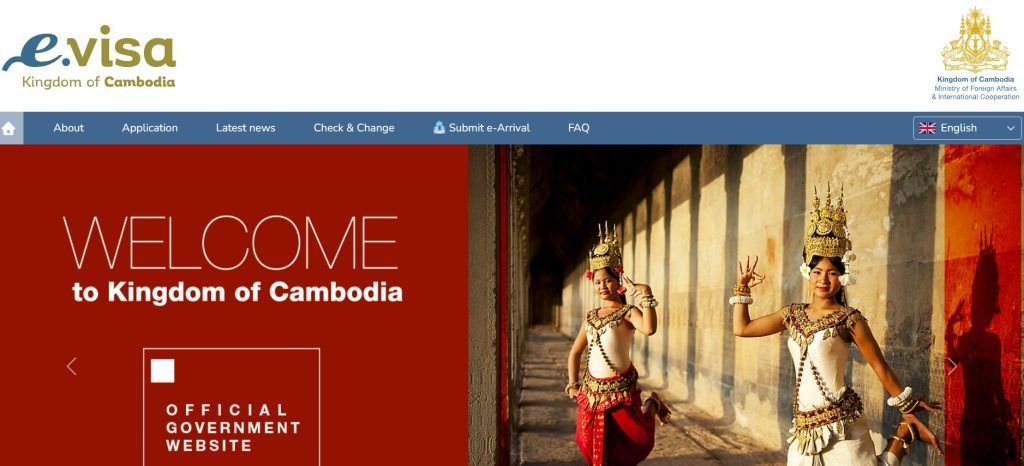
The Cambodia e-visa (evisa.gov.kh) lets eligible travelers apply online before departure through the government’s official portal. The process is straightforward: complete the form, upload a photo, pay online, and receive the approval electronically—then present the e-Visa certificate to immigration on arrival. Processing commonly takes a few days, but apply early in case of peak demand.
Where the e-Visa is accepted
Holders of an approved e-Visa can enter through major airports (Phnom Penh, Siem Reap, Sihanoukville) and selected land checkpoints with Thailand, Vietnam and Laos. Always re-confirm eligible entry points on official lists before you travel (these occasionally expand or change). The Royal Embassy of Cambodia in Washington, D.C. links to the official “ports that accept e-Visa” page to help travelers verify the latest list.
What you’ll need
- A passport with 6+ months’ validity at entry.
- A recent passport-style photo (digital).
- A valid payment method for the online fee.
- Trip details (arrival port, accommodation).
Good to know
The e-Visa platform also announces feature updates from time to time. Recent news includes support for electronic certificates and expanded online options. Check the official news page for current capabilities before you apply.
Why choose the e-Visa?
- Convenience: No need to queue for forms after a long flight.
- Clarity: You’ll know your status before you travel.
- Paper-light: Just carry the digital/printed certificate and your passport.
Avoid scams: Only use the official government portal. The Embassy in Washington, D.C. explicitly warns against third-party “look-alike” sites that charge extra or mislead applicants.
Cambodia Visa on Arrival (VoA): Simple—But Know the Details

If you didn’t apply online, you can usually obtain a Cambodia visa on arrival at international airports and many land borders. Expect to fill out an application, provide a passport-size photo (sometimes taken on the spot for a fee), and pay the visa fee in USD. Official and widely cited sources note that VoA is typically issued for tourism (T-class) or business (E-class) with a 30-day stay. Lines can be longer at peak times, and some borders are less streamlined than international airports. If you prefer certainty and speed, choose the Cambodia e-visa instead.
Cambodia Tourist Visa: Who It’s For & How It Works
A Cambodia tourist visa (T-class) is designed for leisure travelers and first-time visitors. Whether you apply via Cambodia e-visa or visa on arrival, you’ll typically receive a single-entry permit allowing up to 30 days inside the country. If you fall in love with Kampot’s pepper farms or want more time around Angkor’s lesser-visited temples, you can usually extend the tourist visa once (see “Extensions”). Embassy guidance reinforces the standard 6-month passport validity and photo requirements.
>> Cambodia tour package is available here for travelers seeking an unforgettable journey.
Cambodia Visa Requirements (Documents, Photos, Proofs)
Before you apply for Cambodia e-visa or plan to use Cambodia visa on arrival, prepare the following to meet typical Cambodia visa requirements:
- Passport valid for 6 months beyond the date you enter Cambodia, with at least one blank page.
- Photo: A recent, passport-style photo. If applying online, upload a digital image that meets the portal’s size/format specs.
- Completed application: Online (e-Visa) or paper form (VoA/embassy).
- Payment: Fees are commonly collected in USD; online payments are handled through the e-Visa site. (Amounts and processing fees can change—verify on the application page.)
- Travel details: Accommodation address and basic itinerary; onward/return flight is advisable to carry.
For business or longer stays: If you intend to work, study, retire, or seek employment, apply for/convert to the suitable E-class extension (EB/ES/ER/EG) after entry. A work permit is typically required for employment, separate from your visa.
Mandatory e-Arrival Card (CeA): Don’t Forget This Digital Form
In addition to your visa, air travelers to Cambodia must complete the Cambodia e-Arrival (CeA) card within 7 days before arrival. This free digital form consolidates immigration, health, and customs declarations—and even includes an electronic visa-on-arrival workflow within the app/portal. Submit via the official government site (arrival.gov.kh) or the official mobile app and be ready to show your confirmation on arrival. Government and official travel-advisory sources confirm the requirement and timeline.
Entry Points & Border Crossings
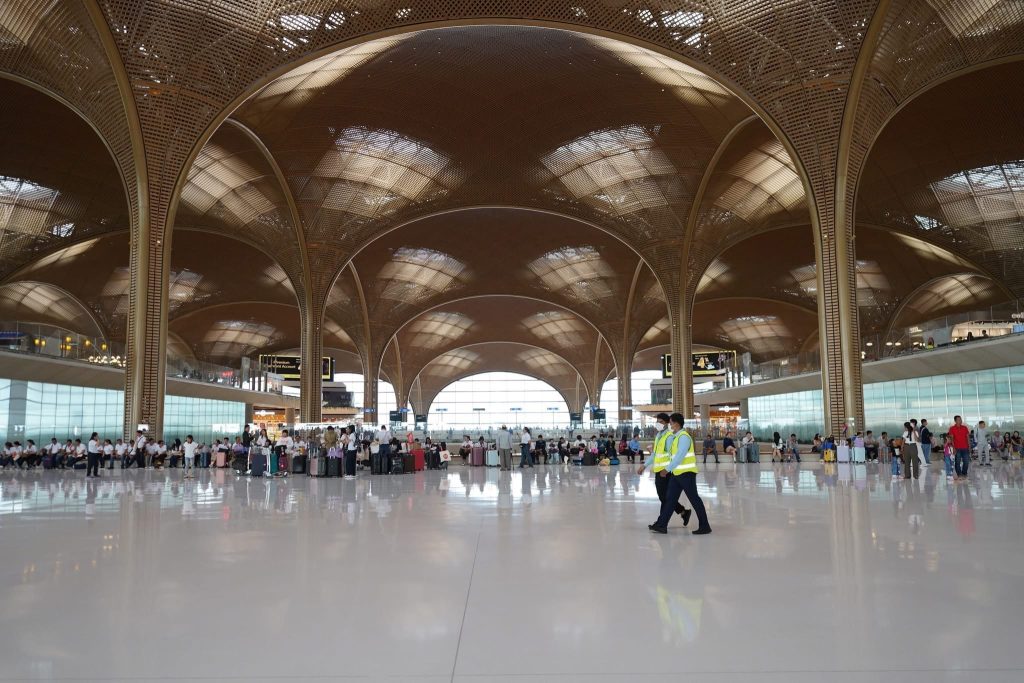
Airports: Phnom Penh, Siem Reap, and Sihanoukville handle the majority of international arrivals and support both e-Visa and visa-on-arrival processing. Check the current list of entry points that accept e-Visa on official pages before you fly or cross by land, as eligibility can be updated.
Land borders: Busy crossings include Poipet/Aranyaprathet (Thailand), Cham Yeam (Koh Kong, Thailand), Bavet/Moc Bai (Vietnam), and Trapeang Kriel/Nong Nokkhiane (Laos). Processing standards vary; arriving by air is usually faster and more predictable for first-timers. (Confirm e-Visa acceptance at your specific crossing.)
Fees & Processing Times
- Tourist (T-class) & Business (E-class) on arrival: Widely reported standard fees are around USD 30 for tourist and USD 35 for business with a 30-day permitted stay. Bring small USD bills. (Amounts can change; verify at the airport/border.)
- e-Visa fees: Displayed during your online application on the official portal and may include processing charges. Apply several days ahead to avoid last-minute stress.
If you’re applying through an embassy/consulate (e.g., in Washington, D.C.), check their posted fee schedule and accepted payment methods.
Extending Your Stay in Cambodia
Staying longer? You can usually extend a tourist visa once (commonly up to an additional 30 days) by applying in Cambodia—either directly with immigration authorities or via licensed visa agents. Long-term visitors often enter on a standard E-class and then obtain extensions aligned to purpose (EB business, EG job-seeking, ER retirement, ES student). Separate work permits are required for employment. Extension rules and documentation evolve; verify current forms, fees, and processing times locally before your first visa expires.
How to Choose: e-Visa vs. Visa on Arrival
Pick the Cambodia e-visa if you want…
- Speed at the airport: Immigration is typically quicker with an approval in hand.
- Certainty before you fly: Avoids surprises at the counter or border.
- A cleaner paper trail: Your data is pre-submitted and checked.
Pick Cambodia visa on arrival if you…
- Are entering at a crossing where e-Visa isn’t accepted (verify first).
- Didn’t have time to apply online but meet all Cambodia visa requirements and carry USD cash, a photo, and completed forms.
Practical Tips to Avoid Delays (and Scams)
- Use official sites only: eVisa applications via evisa.gov.kh; e-Arrival via arrival.gov.kh. The Embassy warns travelers about fraudulent copycat sites that charge extra or misuse data.
- Complete the e-Arrival (CeA) form within 7 days before arrival (free). Keep the QR/confirmation ready on your phone.
- Carry small USD bills for on-arrival fees if not using e-Visa. ATMs and exchange counters may be available but slower.
- Double-check your dates: Note the visa’s validity window (time to use it to enter) and the permitted stay (how long you can remain). Overstays incur fines.
- For work or long stays, plan ahead for E-class extensions and any required work permit through the Ministry of Labour’s online system.
2025-2026 Watchlist: Policy & Infrastructure Updates
- e-Arrival (CeA) is now mainstream: Multiple official advisories confirm the digital arrival card requirement for air arrivals and the 7-day submission window. Expect continued refinements and app updates.
- e-Visa platform enhancements: The official portal occasionally rolls out new features (e.g., certificate options, information pages). Check the site’s news section before applying.
- Visa-exemption list adjustments: Cambodia updates reciprocal exemptions; always verify your passport’s current status on the MFAIC page near your travel date.
Frequently Asked Questions
Is the Cambodia tourist visa single-entry or multiple?
Tourist visas are generally single-entry and allow a 30-day stay; if you plan side trips (e.g., to Thailand or Vietnam) and re-entry, check if you’ll need a new visa on your return.
Can I convert a tourist visa to an E-class extension in-country?
Many long-stayers enter on an ordinary (E-class) instead of a tourist visa specifically for easier extensions. Rules and practices evolve—consult a reputable visa agent or the immigration office for the most suitable path.
Do land borders accept the e-Visa?
Some do, some don’t. Airports do; common land checkpoints listed on official resources accept it. Always re-confirm e-Visa acceptance for your intended border before you travel.
What if I overstay?
Overstays incur daily fines and can complicate future entries. Extend early or exit on time. Embassy pages and immigration posts caution travelers to monitor their permitted stay carefully.
Conclusion for Cambodia visa
For most travelers, the Cambodia e-visa is the easiest path: apply online, get approved, and breeze through the airport. The Cambodia visa on arrival remains a reliable fallback—just bring the right documents and USD cash. If you’re eligible for visa exemption, enjoy your allotted days visa-free and keep an eye on your permitted stay. And don’t forget the e-Arrival (CeA) form within 7 days before your flight.
With the right preparation, Cambodia’s entry formalities are among the most straightforward in Southeast Asia. Nail down your Cambodia visa requirements, pick the application method that fits your trip, and you’ll be ready for Angkor’s dawn light, Tonlé Sap’s floating villages, and the warm welcome that keeps visitors coming back.
Source: evisa.gov.kh, arrival.gov.kh, embassyofcambodiadc.org
>> Go to the full Cambodia travel guide here for tips and insights.

